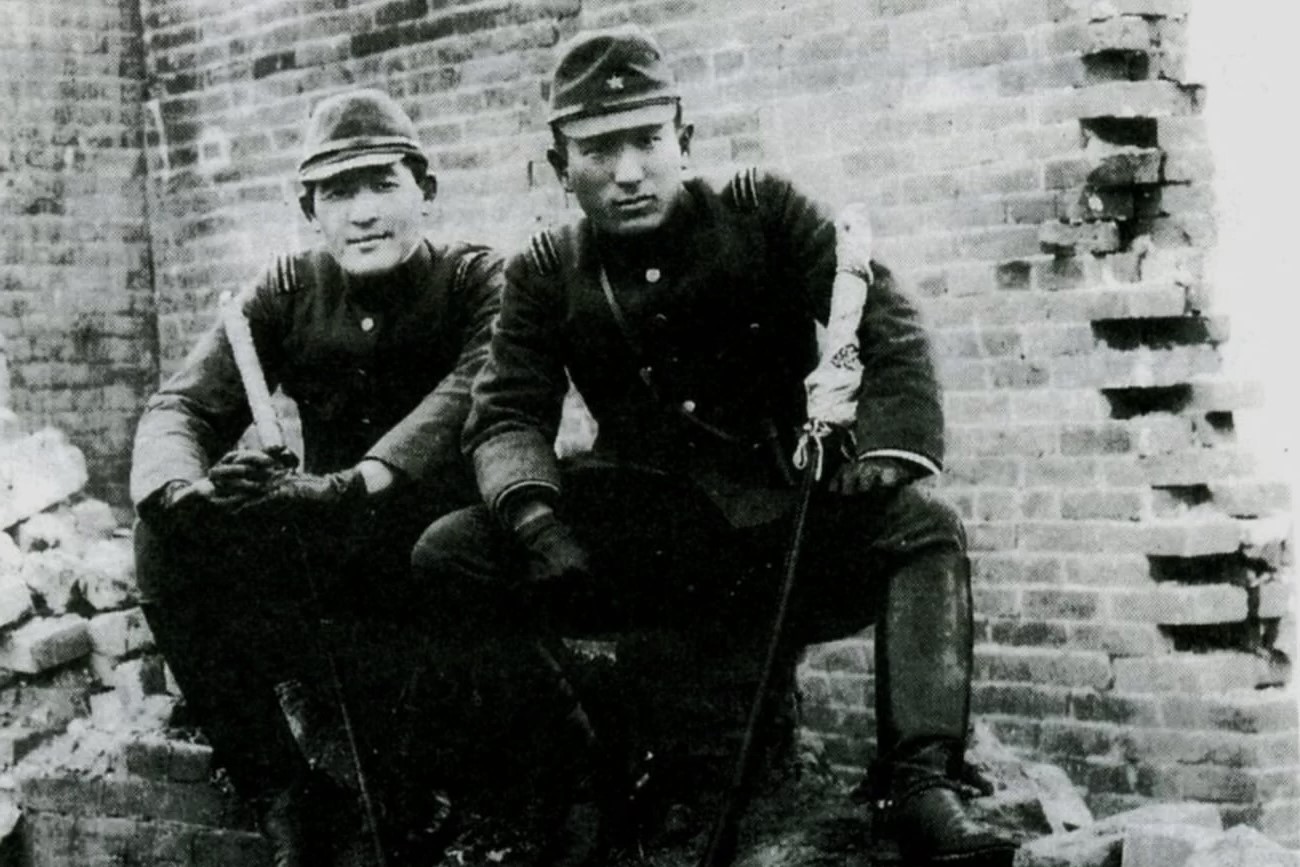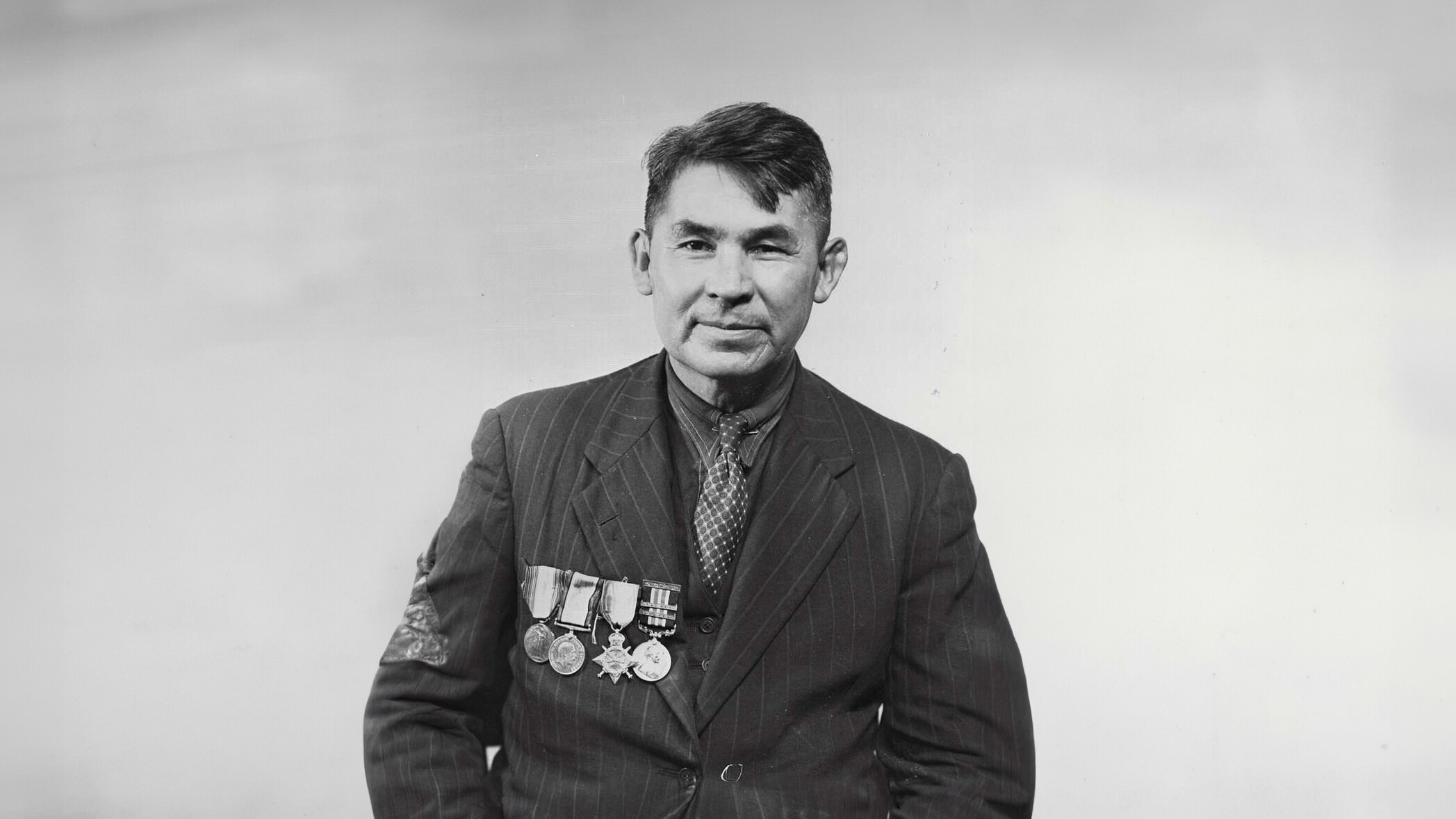
Did you know that during World War II, a gruesome contest took place between two Japanese officers to see who could kill 100 people first using a sword? This horrifying event, known as the "Contest to Kill 100 People," was widely reported in Japanese newspapers at the time, turning it into a macabre competition. The officers involved, Toshiaki Mukai and Tsuyoshi Noda, were later tried and executed for their war crimes. This dark chapter in history is a stark reminder of the brutalities of war and the lengths to which individuals can go. Let's delve into 36 chilling facts about this disturbing contest and its aftermath.
Key Takeaways:
- The Japanese "Hundred Head Contest" was a gruesome competition during the Second Sino-Japanese War, highlighting the dehumanizing effects of war and the dangers of propaganda in shaping public perception.
- This dark chapter in history serves as a stark reminder of the capacity for human cruelty and the importance of striving for peace and justice, emphasizing the need for historical memory and accountability for war crimes.
The Infamous Contest
The Japanese contest to kill 100 people, also known as the "Hundred Head Contest," took place during the Second Sino-Japanese War. This gruesome competition involved two Japanese officers competing to see who could kill 100 Chinese soldiers first using a sword. Here are some chilling facts about this dark chapter in history.
-
The contest occurred in 1937 during the Battle of Nanking, a brutal conflict between Japan and China.
-
The two officers involved were Toshiaki Mukai and Tsuyoshi Noda, both lieutenants in the Japanese Imperial Army.
-
The competition was reported in Japanese newspapers, which followed the "progress" of the officers as if it were a sporting event.
-
Mukai and Noda initially set the target at 100 kills but later raised it to 150 due to the "closeness" of the competition.
-
The officers used samurai swords, a traditional weapon symbolizing honor, to carry out these killings.
Media Coverage and Public Reaction
The contest was widely covered by Japanese media, which sensationalized the event. This section delves into how the public and media reacted to this horrifying competition.
-
The Tokyo Nichi Nichi Shimbun, a major Japanese newspaper, published several articles about the contest, treating it as a form of entertainment.
-
Headlines like "Incredible Record" and "Contest to Kill 100 People" were used to attract readers, showing a disturbing lack of empathy.
-
The public reaction in Japan was mixed; some saw the officers as heroes, while others were horrified by the brutality.
-
The contest was later used as propaganda to boost morale among Japanese troops and citizens.
-
Internationally, the contest received condemnation, adding to the outrage over Japan's actions in China.
Legal and Moral Implications
The contest had significant legal and moral repercussions, both during and after the war. This section explores these consequences.
-
After World War II, both Mukai and Noda were tried for war crimes by the Chinese government.
-
They were found guilty and executed in 1948, marking a rare instance of accountability for wartime atrocities.
-
The contest is often cited as an example of the dehumanizing effects of war and propaganda.
-
It has been used in various historical and ethical discussions to illustrate the moral degradation that can occur in wartime.
-
The event has also been referenced in debates about the responsibility of media in wartime reporting.
Historical Context and Legacy
Understanding the historical context of the contest helps to grasp its full impact. This section looks at the broader implications and legacy of this event.
-
The contest took place during the Second Sino-Japanese War, a conflict marked by extreme brutality on both sides.
-
The Battle of Nanking, where the contest occurred, is infamous for the Nanking Massacre, one of the worst atrocities of the 20th century.
-
The contest is often overshadowed by the larger events of the Nanking Massacre but remains a significant example of wartime cruelty.
-
The event has been the subject of various books, documentaries, and academic studies, ensuring that it is not forgotten.
-
It serves as a grim reminder of the capacity for human cruelty and the importance of historical memory.
Controversies and Denials
The contest has not been without its controversies and denials. This section examines the disputes surrounding the event.
-
Some Japanese nationalists have denied the contest ever took place, calling it a fabrication.
-
These denials are often part of a broader effort to downplay or deny Japanese war crimes during World War II.
-
Despite these denials, extensive documentation and eyewitness accounts support the occurrence of the contest.
-
The contest has been a point of contention in Sino-Japanese relations, affecting diplomatic ties between the two countries.
-
Efforts to deny or downplay the contest have been met with strong opposition from historians and human rights activists.
Cultural Representations
The contest has been depicted in various forms of media, reflecting its lasting impact on popular culture. This section explores these representations.
-
The event has been portrayed in films, such as the 2007 Chinese movie "City of Life and Death."
-
It has also been the subject of numerous documentaries, shedding light on this dark chapter of history.
-
Books like "The Rape of Nanking" by Iris Chang have brought international attention to the contest and the broader atrocities of the Nanking Massacre.
-
The contest has been referenced in academic works on war crimes and military ethics.
-
These cultural representations help to keep the memory of the event alive, ensuring that it is not forgotten.
Lessons Learned
The contest offers several important lessons about war, humanity, and the role of media. This section highlights these lessons.
-
The event underscores the dehumanizing effects of war, showing how ordinary people can commit extraordinary acts of cruelty.
-
It also highlights the dangers of propaganda and the role of media in shaping public perception.
-
The contest serves as a reminder of the importance of accountability for war crimes.
-
It illustrates the need for historical memory and the dangers of denial and revisionism.
-
The event has been used in educational settings to teach about the moral and ethical challenges of wartime.
-
Finally, the contest serves as a stark reminder of the capacity for human cruelty and the importance of striving for peace and justice.
Reflecting on History's Dark Corners
Understanding the Japanese contest to kill 100 people sheds light on the brutal aspects of history. This event, part of the Second Sino-Japanese War, involved two Japanese officers competing to see who could kill 100 people first using a sword. It highlights the extreme violence and disregard for human life during wartime.
Learning about such events is crucial for acknowledging past atrocities and ensuring they aren't repeated. History isn't just about the good parts; it's also about confronting the dark moments. By doing so, we honor the victims and educate future generations.
Remember, history's lessons are vital. They remind us of humanity's capacity for both good and evil. Let's use this knowledge to build a more compassionate and just world.
Frequently Asked Questions
Was this page helpful?
Our commitment to delivering trustworthy and engaging content is at the heart of what we do. Each fact on our site is contributed by real users like you, bringing a wealth of diverse insights and information. To ensure the highest standards of accuracy and reliability, our dedicated editors meticulously review each submission. This process guarantees that the facts we share are not only fascinating but also credible. Trust in our commitment to quality and authenticity as you explore and learn with us.


